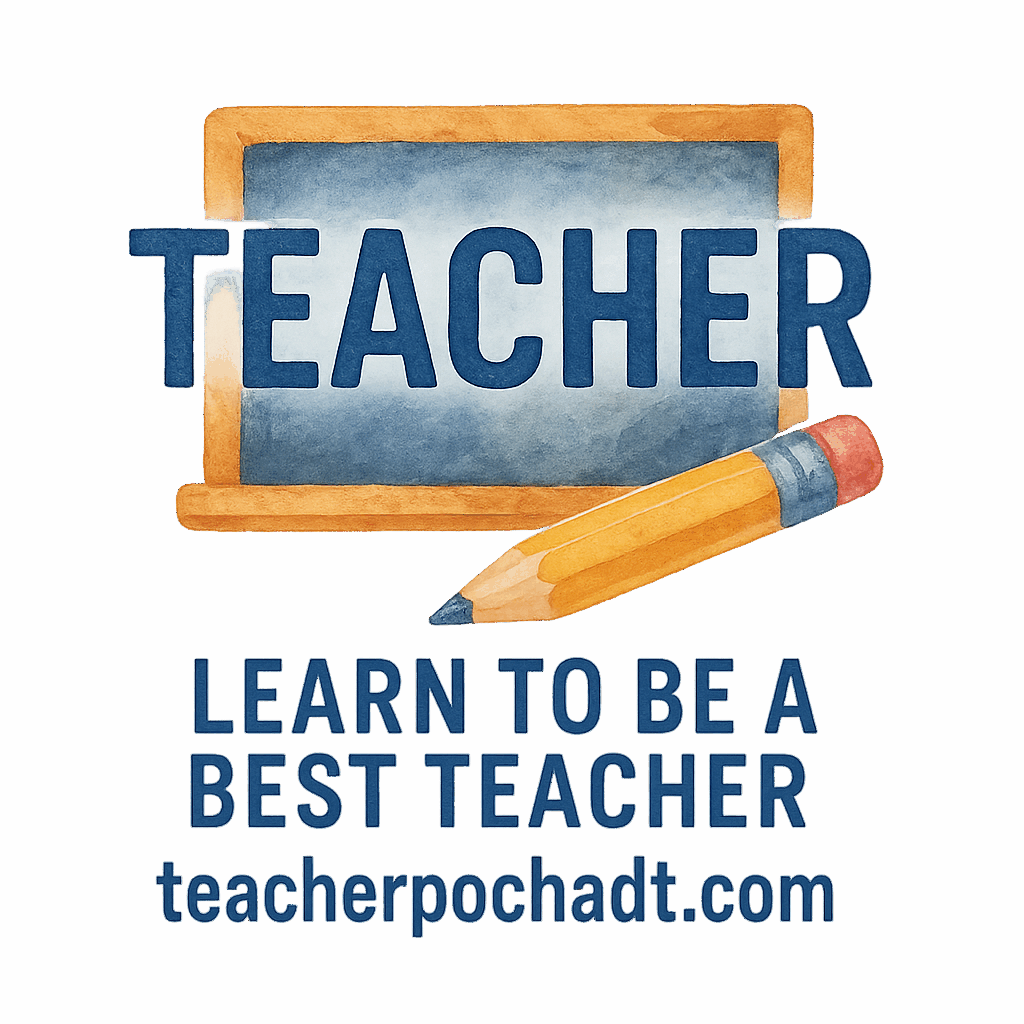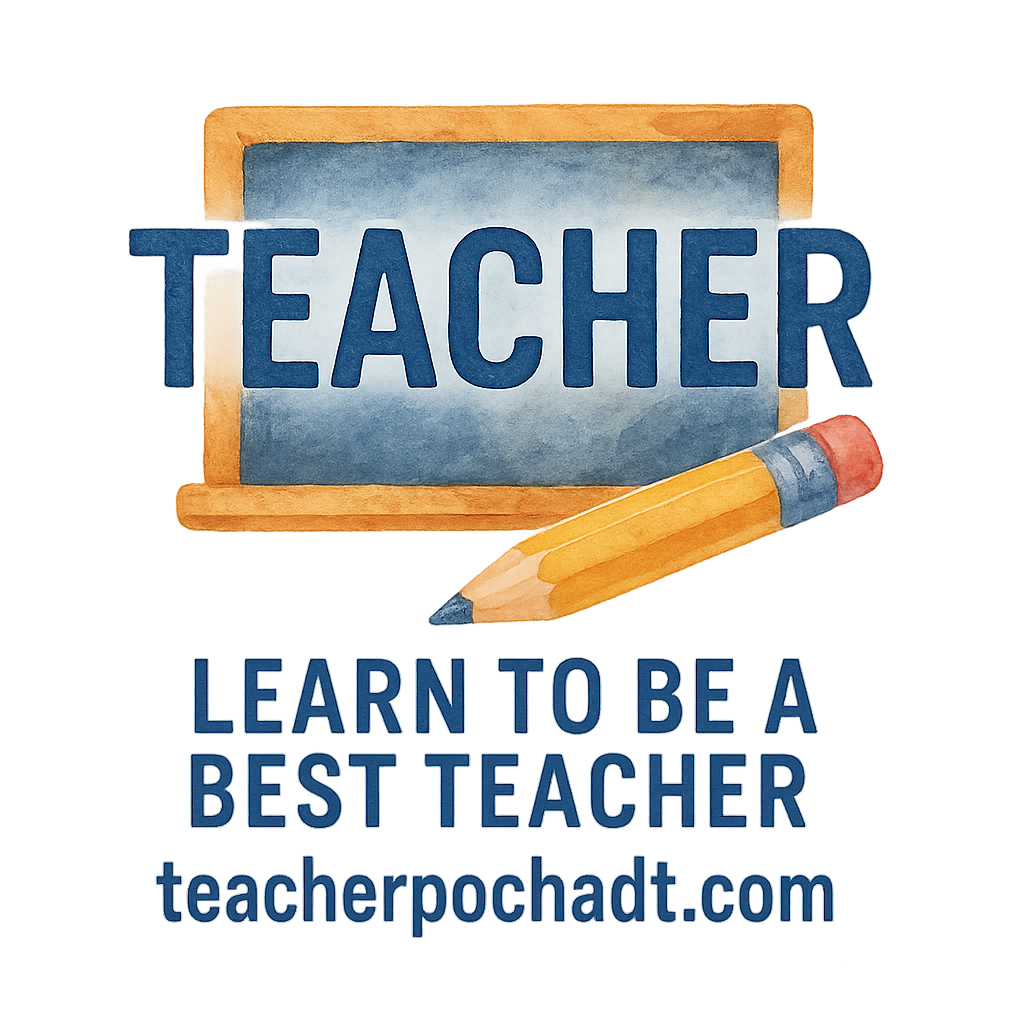Introduction
Every teacher, at some point, has faced disruptive students in their classroom. Whether it’s talking out of turn, physical disruptions, or outright defiance, such behavior can easily derail the learning environment. In order to create a positive and productive classroom atmosphere, it’s crucial for teachers to know how to manage disruptive students effectively. Let’s explore seven proven strategies that can help teachers handle disruptions and maintain control in the classroom while also fostering an environment where every student can thrive.
Understanding Disruptive Student Behavior
Common Types of Disruptive Behavior
Disruptive behavior in students can manifest in a variety of forms. Some of the most common include:
- Talking out of turn: Students interrupting or speaking without permission.
- Physical disruptions: Pushing, shoving, or even fighting with other students.
- Defiant behavior: Refusing to follow instructions or obey rules.
- Lack of attention: Distracting others, not staying on task, or engaging in off-task conversations.
Recognizing the type of disruption is the first step in effectively addressing the issue. When disruptions are identified early, teachers can implement strategies to nip them in the bud before they escalate.
The Impact of Disruptions on the Classroom
Classroom disruptions don’t just affect the student involved. They can negatively impact the learning environment for everyone in the class. For teachers, it can be challenging to maintain a productive atmosphere while managing behavioral issues. Moreover, peer relationships and the overall classroom culture can suffer, affecting students’ academic performance and emotional well-being.
Recognizing Early Warning Signs
Identifying disruptive behavior before it fully unfolds can help you address the issue proactively. Watch for signs such as restlessness, an unwillingness to engage with tasks, or a pattern of minor misbehaviors. Early recognition allows teachers to implement strategies before a situation worsens.
Teacher Strategies to Handle Disruptive Students
Now, let’s dive into seven teacher strategies that are designed to handle disruptive students effectively.
1. Set Clear Expectations from the Start
Establishing a clear set of rules and expectations from the very first day of school can prevent many disruptions. By setting boundaries, students know what is acceptable behavior and what isn’t. This clarity can also foster respect for both the teacher and fellow classmates.
Consistency is Key
Consistency in enforcing these expectations is crucial. When students know that the same rules apply every day, they are more likely to adhere to them. If rules are enforced inconsistently, students may become confused or think they can get away with misbehavior.
Use Positive Reinforcement
Instead of focusing solely on punishing bad behavior, make sure to reward good behavior. Offering praise or small rewards for positive actions encourages students to repeat those behaviors. Whether it’s verbal praise, extra break time, or a classroom privilege, positive reinforcement goes a long way in shaping student behavior. You can read more about classroom management for deeper insights.
2. Build Positive Relationships with Students
When students feel that their teacher genuinely cares about them, they are less likely to act out. Building strong, positive relationships can help create a respectful classroom environment where students are motivated to behave appropriately.
The Power of a Caring Approach
Take time to connect with your students. Ask about their interests, hobbies, and lives outside of school. By understanding their needs and backgrounds, teachers can respond to behavioral issues more effectively. Students are more likely to respect a teacher who shows interest in their well-being. This approach ties closely to student engagement, as engaged students tend to be less disruptive.
Listen Actively to Students
Sometimes, disruptive behavior is a result of a student feeling unheard or misunderstood. By actively listening to students, teachers can often defuse situations before they escalate. Showing empathy and understanding can help build a trusting relationship between teacher and student. This is a crucial part of effective teacher communication.
3. Stay Calm and Avoid Escalation
It’s crucial for teachers to stay calm in the face of disruption. Reacting with anger or frustration will only escalate the situation. Instead, remaining composed and composed can help de-escalate tensions in the classroom.
Practice Self-Control
Your own emotional response plays a huge role in how the situation develops. By controlling your reactions, you send a message to your students that you are in control of the situation and are not easily provoked. This self-discipline will teach students how to handle their emotions in a more productive way.
Redirecting Instead of Reacting
When disruptions occur, try redirecting the student’s focus rather than reacting harshly. For example, ask the student to refocus on a task or give them a small responsibility, like helping you with an errand. Redirecting the energy can reduce tension and prevent the student from further acting out.
4. Use Non-Verbal Communication Effectively
Sometimes words aren’t enough. Non-verbal cues can be just as effective, if not more so, in controlling a disruptive situation. By mastering body language and gestures, teachers can influence the classroom dynamic without saying a word.
Maintaining Eye Contact
Eye contact is a powerful tool in non-verbal communication. A teacher’s gaze can communicate authority, empathy, and concern. By maintaining eye contact with a student who is misbehaving, you show them that you are aware of their actions and that they are not going unnoticed. This simple gesture can prevent further disruptions and reassert authority.
Gestures and Proximity
Using gestures or strategically positioning yourself in the room can also help control disruptive behavior. A well-timed hand gesture or physical movement towards the student can serve as a subtle reminder to behave, often avoiding the need for a verbal confrontation.

5. Implement Restorative Practices
Restorative practices focus on repairing the harm caused by disruptive behavior rather than simply punishing the student. This can help the student understand the impact of their actions on others, and guide them toward making better choices.
Restorative Circles and Conversations
A restorative circle involves a group discussion where students have an opportunity to reflect on their actions and how it affects others. Facilitating these conversations helps students develop empathy and take responsibility for their behavior. It can also help prevent future disruptions by providing a space for reflection.
Involving Peers in Restorative Processes
Peer involvement can be a powerful tool in restorative practices. When students see the impact of their actions on their peers, they may be more likely to change their behavior. Involving students in the restorative process can also help build a sense of community in the classroom. This can be closely linked to classroom culture and classroom harmony, as peers help reinforce positive behaviors.
6. Create an Engaging Classroom Environment
An engaging classroom environment significantly reduces the likelihood of disruptive behavior. Boredom and lack of interest are often major causes of classroom disruptions.
Active Learning and Participation
Incorporating active learning methods, such as group discussions, hands-on activities, and interactive lessons, can help keep students engaged and focused. When students are actively participating in their learning, they have less time and energy to misbehave. This approach ties in well with fun teaching, which can help create a positive and engaging learning experience.
Adjust Teaching Techniques
Differentiated instruction, which tailors lessons to the diverse needs of students, can help ensure that all students are engaged and challenged appropriately. When students feel challenged but not overwhelmed, they are more likely to stay on task and avoid disruptive behavior. This can be part of your broader teaching skills toolkit.
7. Seek Support When Needed
There are times when a teacher may need additional support to handle a disruptive student. Reaching out for help doesn’t mean failure; it means you’re committed to providing the best learning environment possible for all students.
Collaborating with Other Educators
Working with colleagues can provide new strategies and insights for handling disruptive behavior. Other teachers may have encountered similar issues and can offer advice on how they managed the situation. This collaboration is an essential part of teacher development.
Involving School Counselors or Administrators
When necessary, don’t hesitate to involve school counselors or administrators. They can provide additional resources and help develop a plan to address chronic disruptions. This could also involve creating a classroom management plan with the support of the school administration.
Conclusion
Handling disruptive students is one of the most challenging aspects of teaching. However, by using these strategies, teachers can foster a classroom environment that minimizes disruptions and maximizes learning opportunities for all students. With clear expectations, positive relationships, and proactive strategies, you can create a classroom where students feel respected, engaged, and motivated to learn.
For further guidance on classroom management and effective teacher strategies, be sure to explore other resources on classroom management and teacher tech that support your development.
FAQs
- What are some warning signs of a student who might become disruptive?
- How do I maintain consistency in my classroom management?
- Why is it important to build positive relationships with students?
- What are restorative practices, and how do they work?
- How can non-verbal communication help with classroom management?
- What are some active learning techniques that can keep students engaged?
- When should I ask for help with disruptive behavior in my classroom?


